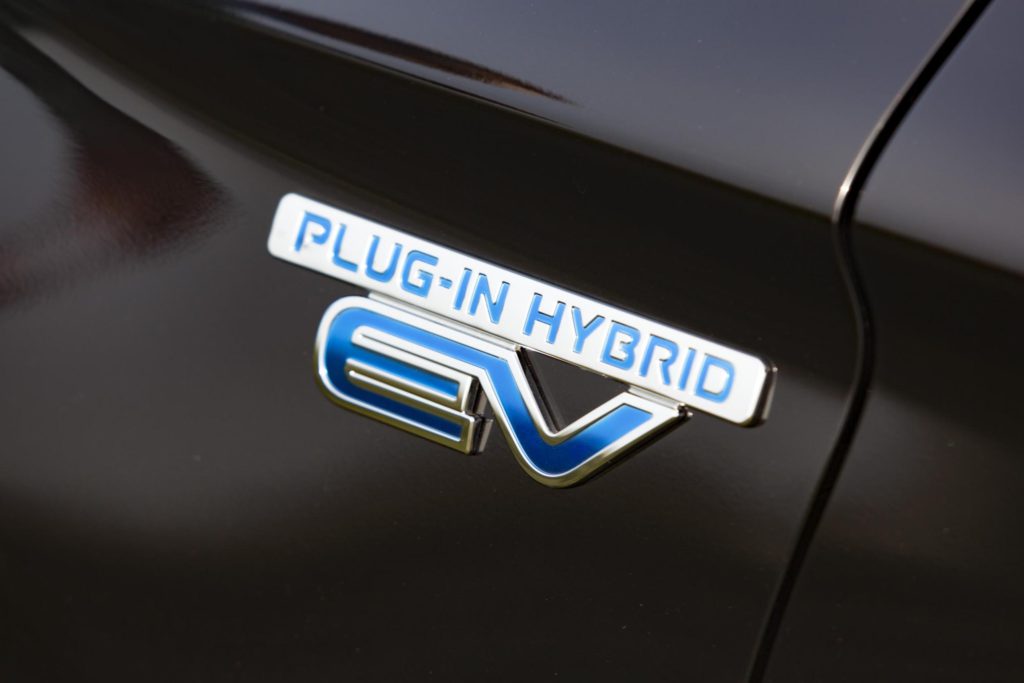PHEV problems as WLTP pushes models over CO2 limits for incentives
02 October 2018

2 October 2018
Some vehicle manufacturers who offer plug-in hybrid electric vehicles (PHEVs) are halting sales of the models in Europe in the wake of the introduction of WLTP.
Under the new emissions testing regime, PHEVs are tested differently than under the previous NEDC procedure. This means that the effect of the fully-charged electric battery has been reduced, which has pushed crucial CO2 emissions figures above 50 grams per kilometre. This, in turn, means they lose the tax benefits gifted to ultra-low emission vehicles in certain countries.
Volkswagen, Porsche and Daimler’s Mercedes-Benz brand are amongst those that are weighing up the options, such as fitting a bigger battery or dropping their ranges altogether.
Adding a larger capacity storage unit to the PHEV would allow it to drop below the crucial CO2 target. However, the cost involved in doing this, including sourcing of the technology and modifying vehicles to take the bigger unit and accept the charge and power through various components, could prove to be too much in comparison to discounts offered by governments and smaller sales compared to petrol vehicles.
In Germany, many PHEV models tested under WLTP, have fallen out of the category where they qualified for a €3,000 subsidy.
Production stopped
Volkswagen (VW) announced that half of its fleet was not compliant with WLTP when the new targets launched at the beginning of September and has since stated that its PHEV models are at the back of the queue. The company has said it has stopped sales of the Passat GTE, Europe’s second-best selling PHEV model, and will not offer it again until at least July 2019 when the entire Passat range will be updated. The company has also said the same of the Golf GTE.
Porsche has pulled sales of its plug-in hybrid Panamera and Cayenne models. ′We will not start taking orders again until the cars are built, the timing of which is not yet confirmed,’ a spokesman said.
Mercedes currently has no plug-in hybrids available to order but will start selling them again within the next two months, starting with the S-class and E-class models, with the C Class due next year. The company has said that all will record under the 50-gram target. Daimler has been vocal in the financial impact of WLTP, suggesting that the new procedure will hit its Q3 profits.
Market leader
Mitsubishi, the maker of Europe’s biggest selling PHEV, the Outlander, has overhauled its model, announcing that it emits 46-grams per kilometre, under the target for ultra-low emission vehicles.
′The Mitsubishi Outlander PHEV is amongst the first plug-in hybrids to announce its WLTP figures of 139 MPG (159.5 NEDC), an EV range of 28 miles (33 NEDC) and CO2 emissions of just 46g/km (40.3g/km NEDC) meaning it remains classified as a category 2 Ultra Low Emission Vehicle,’ the company said in a release.
′As a result, it will still be eligible for numerous incentives and entry to low-emissions zones throughout the world, including Europe.’
The new Outlander plug-in switched to a 2.4-litre petrol engine from a 2.0-litre and increased the size of the battery to 13.8kWh from 12kWh.
Volvo, the maker of the third-best-selling plug-in hybrid vehicle with the XC60 crossover, sells its plug-in hybrids with WLTP certification, but its vehicles are rated above 50g/km of CO2.
Germany’s VDA motoring authority highlights how tough the WLTP is on PHEVs, with its website stating: ′These vehicles complete the test several times. They start up with a full battery. The cycle is repeated until the battery is empty. The combustion engine operates for a longer time each cycle. Emissions are measured with each cycle. This is followed by measurement with an empty battery in which the drive energy originates solely from the combustion engine and regenerative braking. The CO2 value to be determined is then calculated as the ratio of the electrical range to the total range.’